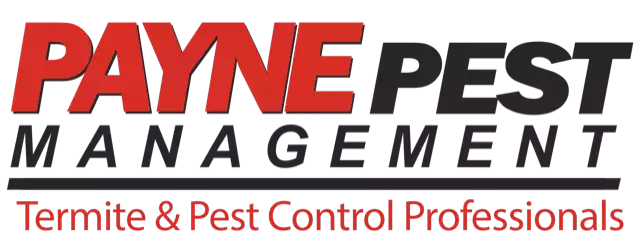Up until around half a billion years ago, all life on earth existed only in the ocean, and landmasses consisted solely of rock and were bereft of even the most primitive organisms. The first complex organisms that successfully converted from a marine to a terrestrial habitat were members of the phylum Arthropoda, and today, arthropods account for 80 percent of all existing species on earth. Organisms in the phylum Arthropoda include insects, arachnids, myriapods (centipedes and millipedes), and crustaceans. Recent studies involving cutting edge genetic sequencing have revealed that insects first emerged around 480 million years ago, shortly after the most primitive land plants appeared.
Insects and land plants co-evolved, and this is why insects are essential to maintaining ecosystem balance. Insects were able to survive on land by eating organic materials in the form of plants. As plants grew progressively taller, terrestrial insects were forced to develop wings to access food. The first winged insects appeared around 400 million years ago, and like most airborne insect species alive today, they all had four wings. Eventually, the hind wings of many early insects developed into organs known as “halteres” that improved balance and flight control. Today, two-winged insect species belong to the order Diptera, which includes 125,000 documented species, many of which are among the most common, and medically significant insect pests in the world.
Insects in the order Diptera include mosquitoes, midges, gnats, and countless species of “true flies.” The most well known true flies are house flies, fruit flies, horse flies, and blow flies, and all true fly pests can be divided into two groups known as outdoor biting flies and indoor filth flies. Outdoor biting flies found in San Diego include black flies and stable flies, and their scissor-like mouthparts make their bites particularly painful. The most common indoor filth fly pest species include house flies, fruit flies, blow flies, phorid flies, drain flies, little house flies, and many others.
Indoor fly pests are known as filth flies due to their natural habit of breeding on microbe-rich forms of organic waste such as rotting food, garbage, animal corpses, excrement, compost, and decayed plant matter. House flies are the most commonly managed filth fly pests within and around homes, and this is partly due to their ability to reproduce on a wide variety of organic waste materials. Due to their breeding requirements, bits of foul organic waste get stuck in the jagged legs, mouth and bodily hairs of filth flies. Since filth fly pests live in close association with humans, they often spread pathogen-rich waste on indoor surfaces and human foods, which puts humans at risk of coming into contact with disease-causing microorganisms. These microorganisms include a variety of parasites and bacterial, fungal and viral pathogens.
Have you ever eaten food that a fly had crawled on?







